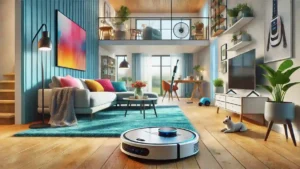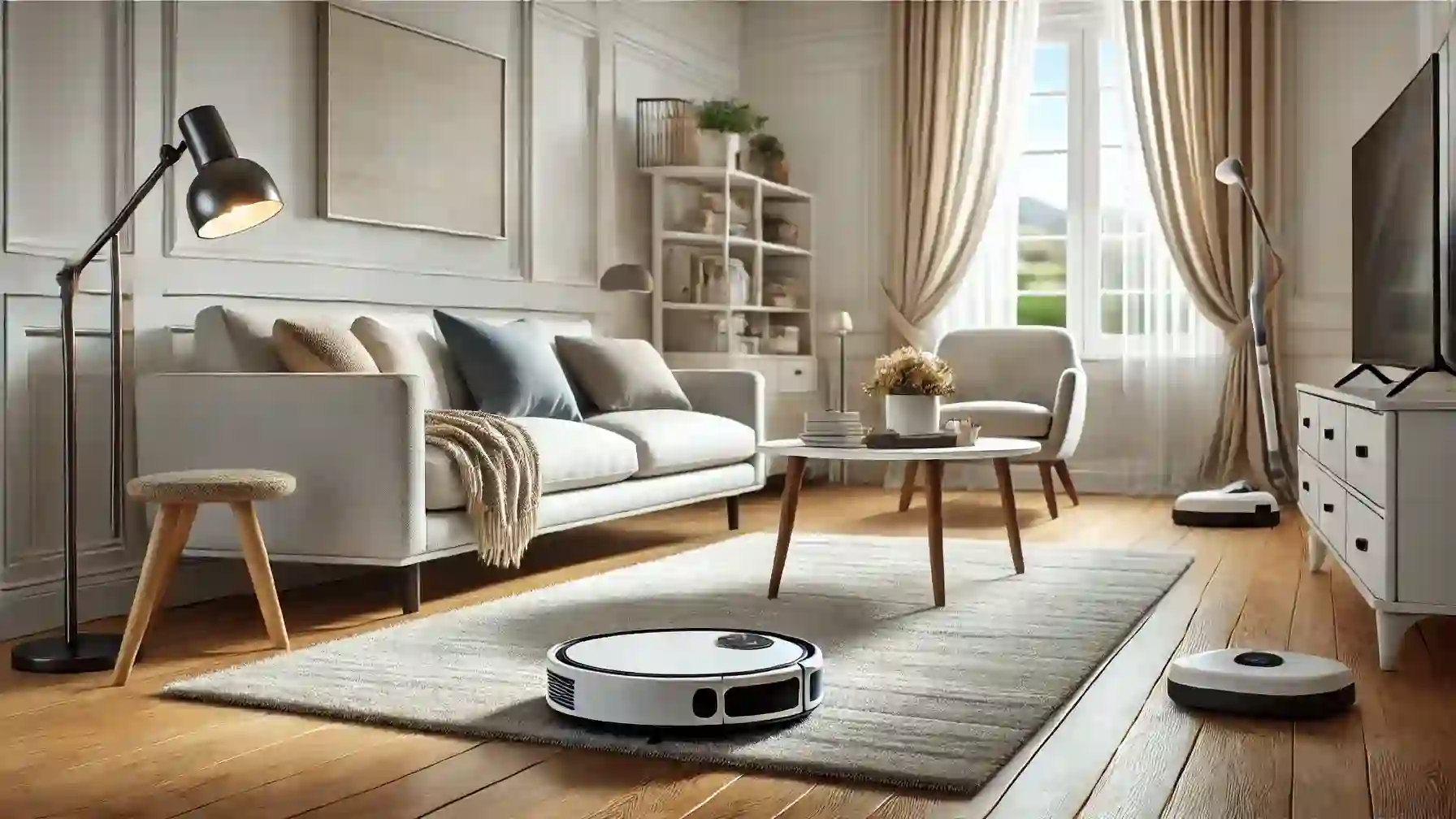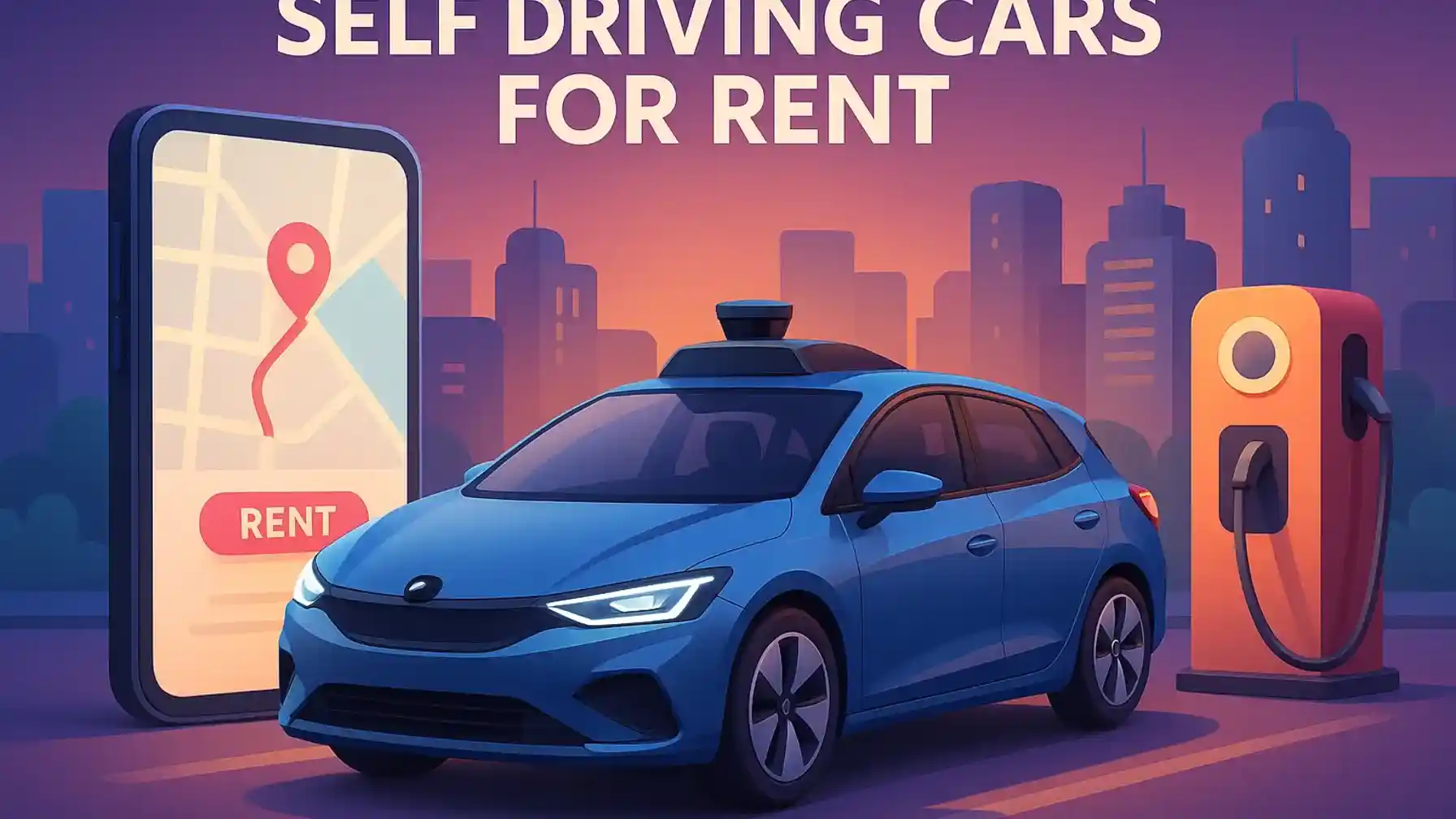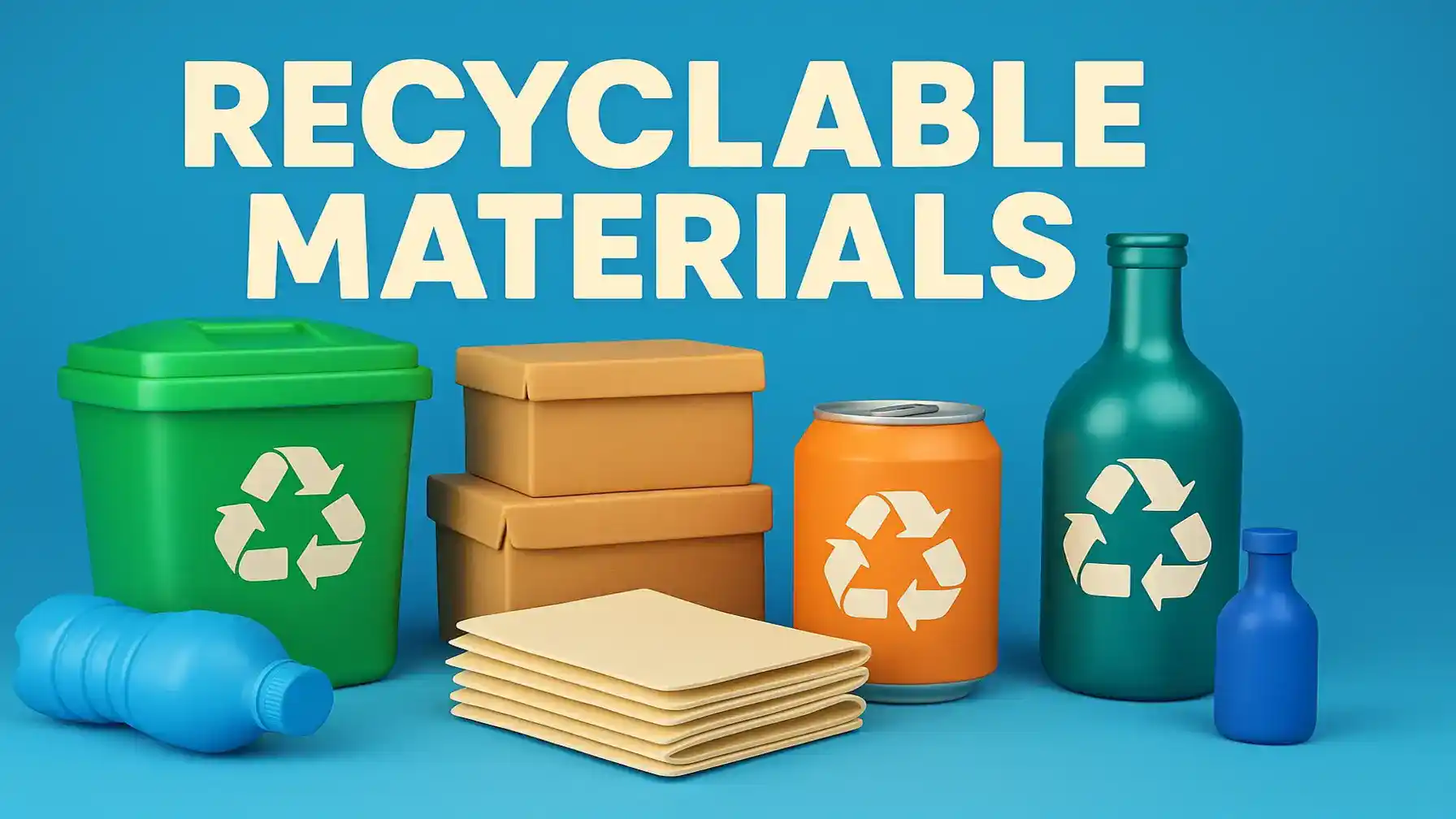In today’s fast-paced world, keeping a home clean can feel like an endless task. This is where the robot vacuum cleaner proves invaluable. These intelligent devices are designed to automate cleaning, offering a practical solution for those who value cleanliness and convenience.
With advancing technology, robot vacuum cleaners have become more efficient, user-friendly, and affordable. This makes them a must-have tool in many households today.
But how does a robot vacuum cleaner actually work? What features should you consider, and how do they compare to traditional vacuums? In this comprehensive guide, we’ll explore everything you need to know about these smart devices.
How Robot Vacuum Cleaners Work?
Sensors and Mapping Technology: One of the core technologies that powers a robot vacuum cleaner is its ability to navigate your home using sensors and mapping algorithms. These sensors detect obstacles like furniture, walls, and even stairs, allowing the vacuum to move intelligently and avoid collisions. Many modern vacuums also use cameras and laser mapping to create a virtual layout of your home, ensuring that every corner is covered efficiently.
Also Read: DeTrust Wallet Secures Your Crypto Legacy
Cleaning Mechanism of Robot Vacuums: Beyond navigation, the actual cleaning performance of a robot vacuum cleaner depends on its suction power and brush design. Most units are equipped with rotating brushes that lift dirt and debris from both hard floors and carpets, while the vacuum’s suction pulls it into a dustbin. Some advanced models even have specialized brushes designed to handle pet hair and allergens.
Benefits of Using Robot Vacuum Cleaners:
Time-Saving Convenience: One of the most appealing aspects of a robot vacuum cleaner is its ability to clean autonomously. You can schedule cleaning sessions while you’re at work or asleep, freeing up time for more important tasks. The vacuum’s ability to clean on its own makes it a convenient tool for households with busy schedules.
Efficient Cleaning for Busy Households: With its ability to navigate around furniture, tight corners, and different floor types, a robot vacuum cleaner can offer more efficient cleaning than manual efforts. These vacuums are programmed to clean systematically, ensuring they don’t miss spots. For homes with high foot traffic, this level of efficiency can significantly improve overall cleanliness.
Maintenance of Cleaner Air Quality: For individuals with allergies, the robot vacuum cleaner provides an added benefit of improving indoor air quality. Many models come with HEPA filters, which trap dust, pollen, and other allergens, preventing them from recirculating into the air.
Key Features:
Suction Power: When shopping for a robot vacuum cleaner, suction power is a critical feature to consider. Higher suction ensures that the vacuum can pick up dirt, dust, and larger debris more effectively, especially on carpets. Many vacuums allow users to adjust the suction power based on the surface being cleaned.
Smart Navigation and Mapping: Advanced robot vacuum cleaners are equipped with smart navigation systems that use cameras or LiDAR technology to create a map of your home. This enables the vacuum to clean in straight lines and avoid missed areas. It also allows for custom cleaning schedules and zoning, so you can focus on specific areas like the kitchen or living room.
Battery Life and Charging: The battery life of a robot vacuum cleaner is another key consideration, especially for larger homes. Look for models with long battery life that can cover your entire home on a single charge. Some vacuums also have the ability to return to their charging dock when the battery is low, recharge, and resume cleaning where they left off.
Smart Features of Modern Robot Vacuum Cleaners:
Voice Control Integration: Modern robot vacuum cleaners are designed to integrate with voice assistants like Amazon Alexa or Google Assistant. This feature allows you to control the vacuum using simple voice commands, making the cleaning process even more hands-free.
Mobile App Connectivity: Many robot vacuum cleaners now come with companion mobile apps that offer real-time control, scheduling, and monitoring. You can start or stop cleaning sessions, set virtual boundaries, and receive notifications if the vacuum gets stuck—all from your smartphone.
Automatic Dirt Disposal: Some high-end robot vacuum cleaners have an automatic dirt disposal feature, where the vacuum empties its dustbin into a larger base after each cleaning session. This means you can go weeks without having to manually empty the vacuum, adding another layer of convenience.
Robot Vacuum Cleaners vs Traditional Vacuums:
Convenience and Hands-Free Operation: One of the primary reasons homeowners are turning to robot vacuum cleaners is the hands-free experience they offer. Unlike traditional vacuums, which require manual operation, a robot vacuum can run entirely on its own, offering greater flexibility for cleaning when you’re not at home.
Efficiency and Coverage Area: While traditional vacuums might have more suction power, robot vacuum cleaners are more efficient in terms of coverage. Thanks to their ability to navigate and remember room layouts, they can cover large areas without missing spots, making them ideal for daily cleaning.
Cost and Value for Money: While robot vacuum cleaners may come with a higher upfront cost compared to traditional vacuums, their time-saving capabilities and long-term convenience make them a worthwhile investment. Many people find that the hands-free operation and smart features offer value that justifies the price.
How to choose the Right Robot Vacuum Cleaner for your Home?

Understanding Your Home Layout: Before purchasing a robot vacuum cleaner, it’s important to consider the layout of your home. If you have multiple rooms with a lot of furniture, you’ll want a vacuum with excellent navigation capabilities. Homes with pets may require vacuums specifically designed to handle pet hair.
Pet Hair and Allergies Considerations: For pet owners or those with allergies, it’s crucial to choose a robot vacuum cleaner that excels at picking up hair and trapping allergens. Models with HEPA filters and specialized brushes are the best option for tackling pet dander and dust.
Budget and Long-Term Investment: With prices ranging from a few hundred to over a thousand dollars, there’s a robot vacuum cleaner for every budget. However, it’s important to think of the long-term investment. A higher-end model may offer more features and better durability, saving you money in the long run.
Best Robot Vacuum Cleaners of 2024:
iRobot Roomba Series: The Roomba series by iRobot is one of the most well-known names in the robot vacuum cleaner industry. With advanced mapping technology, powerful suction, and smart home integration, Roombas are a popular choice for those looking for top-tier performance.
Roborock S Series: Roborock vacuums are known for their balance of affordability and high performance. The S series offers impressive suction, long battery life, and features like room mapping and mopping, making it a versatile choice for homes with hard floors.
Ecovacs Deebot: Ecovacs’ Deebot line is another strong contender in the robot vacuum cleaner market. With features like laser mapping, voice control, and automatic dirt disposal, the Deebot is ideal for users who want cutting-edge technology without breaking the bank.
Maintenance and Care of Robot Vacuum Cleaners:
Cleaning Brushes and Filters: To keep your robot vacuum cleaner running efficiently, it’s essential to regularly clean the brushes and filters. Over time, debris and hair can clog these components, reducing suction power and overall cleaning performance.
Regular Software Updates: Many robot vacuum cleaners receive periodic software updates that improve navigation, mapping, and cleaning algorithms. Be sure to update your vacuum’s software regularly to take advantage of these improvements.
Battery Maintenance Tips: For optimal battery performance, avoid letting your robot vacuum cleaner run out of charge completely. Instead, aim to recharge it when the battery reaches about 20%, as this will extend the overall lifespan of the battery.
Common Problems with Robot Vacuum Cleaners:
Navigation Issues: Some robot vacuum cleaners may struggle with navigating complex spaces or getting stuck under furniture. If your vacuum frequently gets stuck, consider rearranging furniture or using virtual barriers to guide its path.
Battery and Charging Problems: If your robot vacuum cleaner isn’t holding a charge as well as it used to, it may be time to replace the battery. Regular battery maintenance and cleaning the charging contacts can also improve performance.
Getting Stuck in Small Spaces: One common issue with robot vacuum cleaners is their tendency to get stuck in small or tight spaces. Many vacuums now come with obstacle detection or mapping features to minimize this, but you can also help by decluttering the floor space before each cleaning session.
How Robot Vacuum Cleaners are Revolutionizing Home Cleaning?
Future Trends in Robot Vacuum Technology: The future of robot vacuum cleaners promises even more advancements. From AI-driven cleaning patterns to self-learning vacuums that adjust to your home’s needs, these devices are becoming smarter and more autonomous.
The Growing Smart Home Ecosystem: As part of the broader smart home ecosystem, robot vacuum cleaners can now integrate with other smart devices like thermostats, lighting systems, and home security. This creates a seamless living environment where everything from cleaning to climate control is automated.
Environmental Impact:
Energy Efficiency and Sustainability: Many robot vacuum cleaners are designed to be energy efficient, consuming far less power than traditional vacuums. This not only saves energy but also contributes to reducing your home’s carbon footprint.
E-Waste and Recycling Considerations: When disposing of old robot vacuum cleaners, it’s important to recycle them properly. Many manufacturers offer recycling programs or guidance on how to responsibly dispose of electronic waste to minimize environmental impact.
Conclusion:
The rise of the robot vacuum cleaner has transformed how we approach home cleaning. These smart devices save time, offer convenient cleaning options, and are packed with features that make them more efficient than ever. As technology continues to advance, we can expect robot vacuums to become even smarter, integrating seamlessly into the smart homes of the future.
FAQs
1) How long do robot vacuum cleaners typically last?
Most robot vacuum cleaners last around 3 to 5 years, depending on usage and maintenance.
2) Do robot vacuum cleaners work on all floor types?
Yes, robot vacuum cleaners can handle multiple floor types, including hardwood, tile, and carpet.
3) Can I schedule cleaning times with a robot vacuum?
Absolutely! Most robot vacuum cleaners allow you to schedule cleaning sessions through a mobile app.
4) Are robot vacuum cleaners noisy?
Most robot vacuum cleaners operate quietly, but noise levels vary by model. Many have “quiet” modes for reduced noise.
Also Read: Digital Printing Leading the Future of Printing
5) Do robot vacuums clean under furniture?
Yes, most robot vacuum cleaners are slim enough to clean under furniture, as long as the gap is large enough.
6) How Often Should I Use My Robot Vacuum?
For most households, running the robot vacuum cleaner two to three times per week is sufficient. However, homes with pets or high foot traffic may benefit from daily cleaning.
7) Can Robot Vacuums Replace Regular Vacuums?
While robot vacuum cleaners are great for everyday maintenance, they may not fully replace traditional vacuums, especially for deep cleaning tasks. A combination of both can offer the best results.
8) Are Robot Vacuums safe for Pets?
Yes, most robot vacuum cleaners are pet-safe. Many have quiet motors and obstacle detection to avoid pets. Some models are even designed specifically to handle pet hair and dander.








